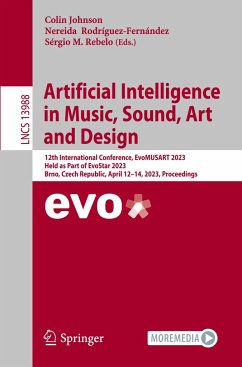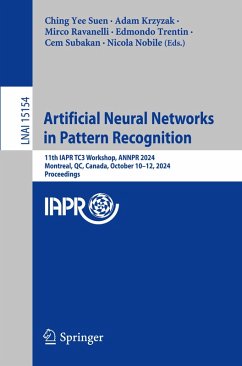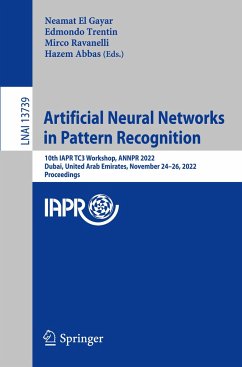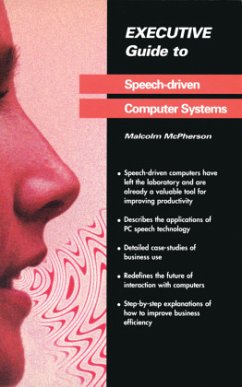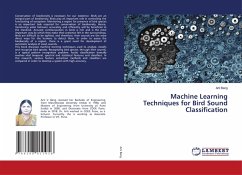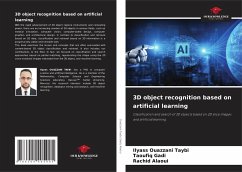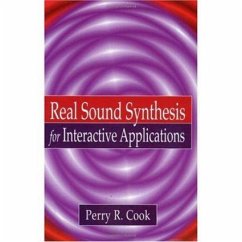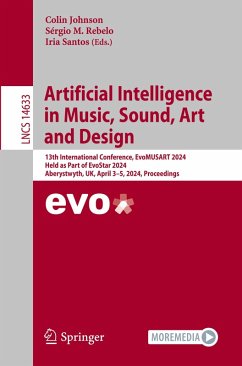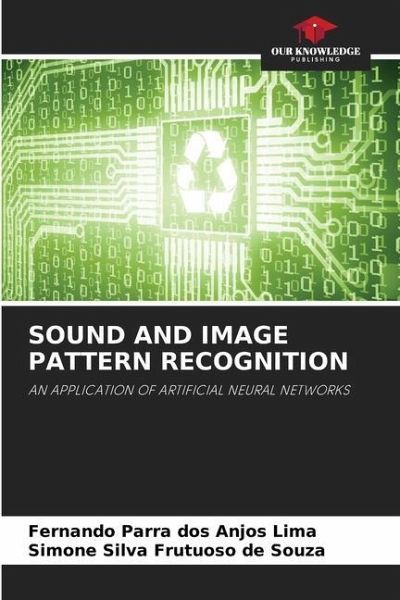
SOUND AND IMAGE PATTERN RECOGNITION
AN APPLICATION OF ARTIFICIAL NEURAL NETWORKS
Versandkostenfrei!
Versandfertig in 6-10 Tagen
45,99 €
inkl. MwSt.

PAYBACK Punkte
23 °P sammeln!
This book presents a study based on the concepts and artificial neural architectures and their applications in general, and specifically pattern recognition. The Borland Delphi 7 platform and programming language is used to implement two systems, one for image recognition and the other for sound recognition. The Borland Delphi programming language uses some components that simulate the architecture and concepts of MLP (multilayer perceptron) and SOM (Self Organizing Map) networks.In order to work with both types of pattern recognition, we use two independently programmed applications with two ...
This book presents a study based on the concepts and artificial neural architectures and their applications in general, and specifically pattern recognition. The Borland Delphi 7 platform and programming language is used to implement two systems, one for image recognition and the other for sound recognition. The Borland Delphi programming language uses some components that simulate the architecture and concepts of MLP (multilayer perceptron) and SOM (Self Organizing Map) networks.In order to work with both types of pattern recognition, we use two independently programmed applications with two different artificial neural networks, one that performs image recognition, and the other that performs sound recognition. We use character type images for the image recognition network, in the application in question we specifically use images of digits. And the sound recognition network uses the concept of sound tones for recognition, so it will be specifically recognized sound tones idealizing the reproduction of the sound of a telephone keypad.




